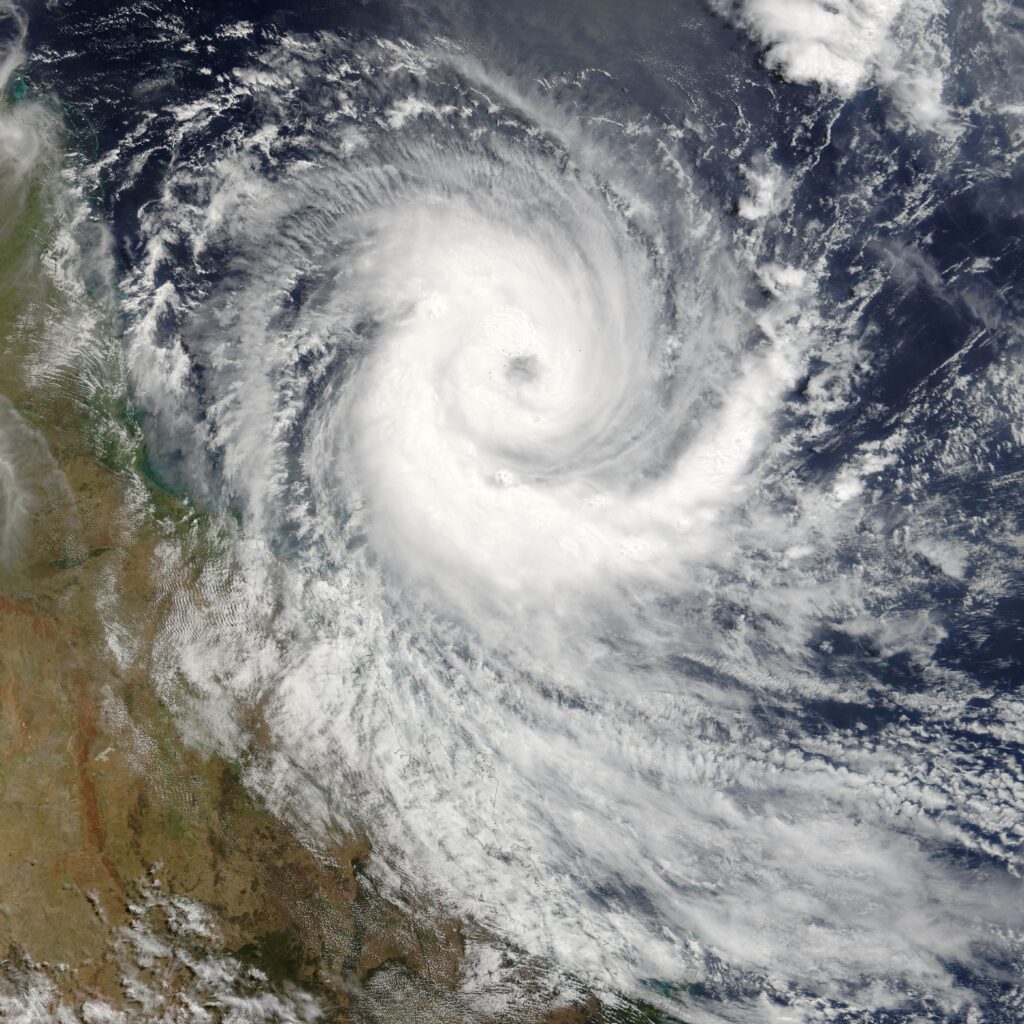Modern Hurricanes Have a Surprise Ingredient
Posted
Last Updated
By Matt Simon
As Hurricane Larry curved north in the Atlantic in 2021, sparing the eastern seaboard of the United States, a special instrument was waiting for it on the island of Newfoundland, in Canada. Because hurricanes feed on warm ocean water, scientists wondered whether such a storm could pick up microplastics from the sea surface and deposit them when it made landfall. Larry was literally a perfect storm: because it hadn’t touched land before reaching the island, anything it dropped would have been scavenged from the water or air, as opposed to, say, a highly populated city, where you’d expect to find lots of microplastics.
As Larry passed over Newfoundland, the instrument gobbled up what fell from the sky. That included rain, of course, but also gobs of microplastics, defined as bits smaller than five millimeters, or about the width of a pencil eraser. At its peak, Larry was depositing over 100,000 microplastics per square meter of land per day, the researchers found in a recent paper published in the journal Communications Earth and Environment. Add hurricanes, then, to the growing list of ways that tiny plastic particles are not only infiltrating every corner of the environment but also readily moving between land, sea, and air.
As humanity churns out exponentially more plastic in general, the environment gets contaminated with exponentially more microplastics. The predominant thinking used to be that microplastics would flush into the ocean and stay there: washing synthetic clothing like polyester, for instance, releases millions of microfibers per load of laundry, which then flow out to sea in wastewater.
Learn More at hakaimagazine.com

